#ancient indian
Explore tagged Tumblr posts
Text
I have written a full length novel. Following is the synopsis and excerpts of the book. If you’re interested in following my journey to publication, follow me on Instagram










#writing#writers on tumblr#text posts#creative writing#fiction writing#azriel shadowsinger#shitposts#dark academia aesthetic#i am just a writer#ancient indian#writers#books and libraries#romance#mystery#thriller#comfort books#booklr#booklover#publishing#book series
3 notes
·
View notes
Text
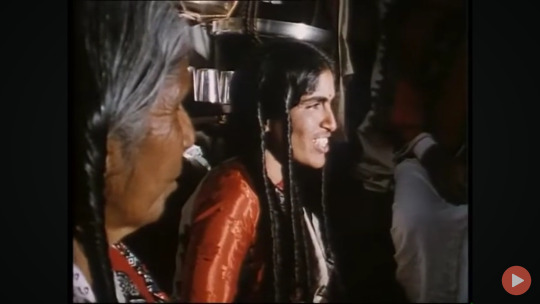


Watch : https://youtu.be/ILpI32fFFss?si=UVOfhOOeWx38m7V-
Ancient Indian Tribe Observed In the Modern Day | Toda - On the Edge of Paradise #INDIA
youtube
6 notes
·
View notes
Text
How the Idea of God developed in Ancient India and their proofs of the Existence of God

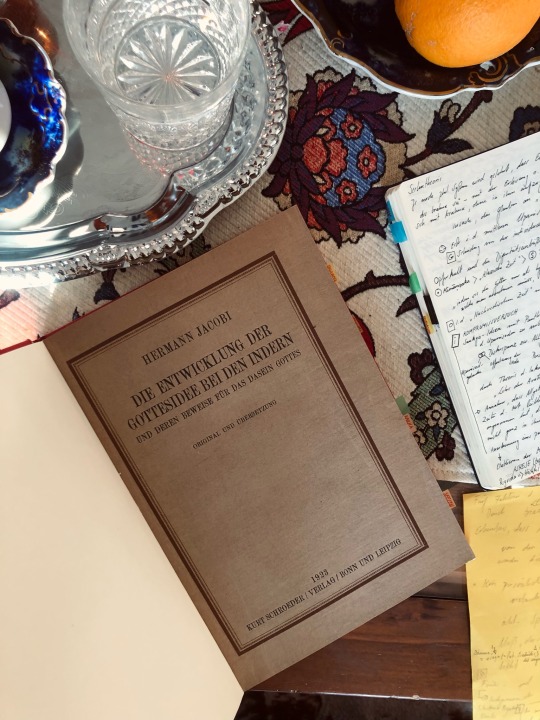

From the series Theological Theories of the Orient - A highly informative, mentally overwhelming, spiritual overloading and awe-inspiring work: "The Progress of The Idea of God by the Indians and their Evidences for the Existence of God" written by the Altmeister of Indology Prof. Hermann Jacobi in 1923, published by W. Kirfel, who was the student and later successor of Jacobi's professorial chair. This edition also includes "The Philosophy of Madhvachaya" by Prof. Helmuth von Glasenapp, who's work is still used as standard reference for Sanskrit studies (even in India) and he also undertook the philosophical systems of Herder and Kant for a comparative analysis in consideration of Indian philosophy.
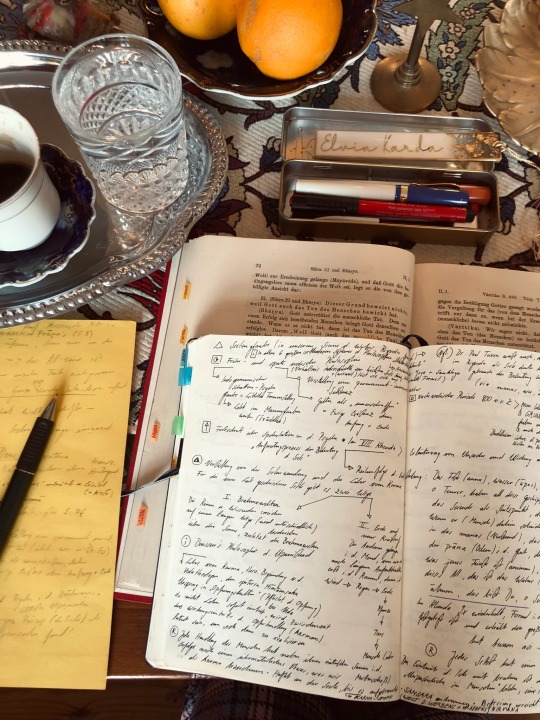
Thousand years of spuculation and theories, abstract ideas and deep timeless wisdom - Diving into Hindu cosmogony is a mental journey that must advance to a life task, when the reader is truely devoted.
So a little forewarning that this post has no aim for completeness: Just consider the wealth of thousand years of speculation and the literal sense of all those holy books and comments. But I do not need to reproduce what was consolidated so adequate by passionated Professors of Indology, as I can say for myself, as a lay(wo)man :')

"What the finest is, of this the Cosmos is made, this is satyam, this is atman, this is you (tut twam asi)."

Prof. Jacobi has the aim to analyize the six orthodox systems of Hinduism in focul point of describing how the idea of God, respectively the belief in monotheism, evolved in Ancient India. The analysis is examined in philosophical speculation and is not including the religious side of this contemplation. The great folk religions arised at the end of the Vedic period (~800 before our time) till 4th century. The idea of the Divine has undergone many transformations. Kathenotheism (Coined by Schelling, καθ’ ἕνα [kath’ héna, “one by one] + θεός [theós, “god”, believing in the existence of multiple Deities and that different deities are supreme at different times, depending on circumstances, but their autarchy were denied] is defined as a preliminary stage of monotheism, having its roots in sacrificial rituals and the interpretational demand to lightening up every part of the ritus: Because in the ritual of sacrifice everything and all is relevant, so they were considered as symbols, refering to a being "behind" the symbol, this is called brahma. With this idea, the concept of atman aroused, adding more metaphysical content (yes, there are upgrades possible :') ...) to the concept of the sacrificial cult.

"But he, who is the atman (=brahma) ist not like this and not like that, he is intagible (...), he is not connected, he is not shaking, he does not get harmed."

The whole sincerity in sacrificial exegesis, established a scientific claim and the main concern of the interpretation of symbolistic means, resulting in bringing the period of Brahmana forth.
By giving the act of sacrifice an higher value than the cult of the Divine, consquently the lower assessment of the Deities had to lead to the loss of their significance. The Brahmanical system is consistently pursueing to expand their knowledge in symbolic meanings, but the majority of Ancient Indian population was still believing in other forms of native primitive religion. (Side note: What makes a belief more primitive than the other(s)? In my opinion it is the complextity of the cosmogony defined and the treatises of theodicy. Comments and discussions over centuries, showing the dialectic process behind theories...) The search for the real, the truth (~ satyam), behind the appearance, strenghtened the will (in Indian parlance the "will" is always connected with the realization) for seeking methods of epistemology. Also the ideal of the Absolute, the Highest, the idea of this "something", which is standing above the world, is deeply interwoven in the nature of the human reason. The Ancient Indians searched for other ways for religious practice, without the help of the old Deities, finding a compromise between the thoughts of the Upanishads plus the revelations and the obligations in sacrifice of the Vedas. What a huge cultural and pychological evolution it meant for the progress of cognitive skills to reduce all phenomena as cosmic illusions, to target all roots to the One and First Cause (exciting how the Sankya ideas were combined with the Pantheism of the Upanishad) and how the definition or separation of soul (the meaning changed within the decades, traces of the old definition can be found in the Buddhism) and substance evolved the question, how the Prime Matter (pradhana or prakrti) is composed. It is very interesting how the principle of Karma, also originates in the cult of sacrifices: After a sacrfice, the time till the request will be recognized is called karman. Every action of the earthly ones is influenced by a natural and preternatural "something", which is called Karma. In the common view, Karma adheres to the soul, till it is completelty consumed (Samsara - The circle of life, the world of becoming and elapsing through liberation -> Nirvana).

It would massively expand my capacity in every way to present my notices in a logical order, but I will try to draw some graphs and present different cosmological and ontological systems in English. Still working on my notices, but will never “complete” these joyful studies of metaphysical theories in seventy lifetimes 🥲💙💙💙💙💙💙💙💙💙💙💙💙💙💙💙💙 and this is a wonderful good reason to stay alive for a little while 🦋🥰

#Ancient Indian#Indology#the Vedas#the Upanishad#cosmology#ontology#philosophy#metaphysical studies#antiquarian book#books#philosophical books#Hermann Jacobi#Helmuth von Glasenapp#Hinduism
2 notes
·
View notes
Text
The Health Benefits of Eating in Kansa Thali | Hi Retails

Ever wondered why your grandma always swore by metal utensils like bronze for cooking and eating? It’s more than just tradition—it’s a wellness hack that modern science is catching up with! In a world increasingly focused on quick fixes and artificial solutions, the Kansa thali stands as a testament to the enduring wisdom of ancient traditions. This handcrafted bronze plate, steeped in Ayurvedic principles, offers a holistic approach to health and wellness that transcends modern-day challenges. Let’s delve into the transformative power of the Kansa thali and discover how it can elevate your dining experience while nourishing your body and mind.
The Kansa Thali: A Holistic Approach to Health
A Kansa thali, crafted from a unique alloy of copper and tin, is more than just a dining utensil. It’s a powerful tool for promoting holistic health and well-being. Rooted in Ayurvedic principles, the Kansa thali offers a range of benefits that can enhance your overall quality of life.
Digestive Harmony: The natural properties of Kansa help balance the pH of food, promoting optimal digestion and preventing digestive discomfort.
Immune System Boost: By neutralizing acidity and reducing toxins, the Kansa thali helps strengthen your immune system, making you less susceptible to illness.
Detoxification: The antimicrobial properties of Kansa can help remove harmful toxins from your body, promoting a healthier and more vibrant you.
Balanced pH: The Kansa thali can help maintain a balanced pH in your body, which is essential for optimal health and well-being.
Beyond Health Benefits: A Cultural Heritage
The Kansa thali is not only a health tool but also a cultural artifact with deep-rooted traditions. It’s often used in religious ceremonies and passed down through generations as a family heirloom. By using a Kansa thali, you’re connecting with ancient wisdom and honoring a rich cultural heritage.
Elevate Your Dining Experience
Aesthetic Appeal: The Kansa thali’s timeless elegance and natural beauty can elevate your dining experience.
Sustainable Choice: By choosing a Kansa thali, you’re opting for a durable, eco-friendly alternative to disposable plates and utensils.
Holistic Wellness: Incorporating a Kansa thali into your daily life can promote a more holistic approach to health and wellness.
Caring for Your Kansa Thali
Regular Cleaning: Wash with mild soap and water after each use.
Avoid Harsh Chemicals: Avoid using abrasive cleaners or scouring pads.
Polish Occasionally: For a natural shine, polish your Kansa thali with tamarind or lemon. Where to Buy Authentic Kansa Thali
Looking for premium, handcrafted Kansa thalis? At Hi Retails http://www.hiretails.com, we offer the finest selection of Kansa dinnerware that’s perfect for both everyday use and special occasions. Our thalis are carefully crafted by skilled artisans, blending tradition with modern aesthetics. Visit our site at Hi Retails to browse our range of Kansa utensils, including thalis, bowls, brass Products, Gods Idols, and more.
Conclusion
The Kansa thali is more than just a dining utensil; it’s a powerful tool for promoting holistic health and well-being. By incorporating a Kansa thali into your daily life, you’re not only improving your health but also connecting with ancient wisdom and contributing to a more sustainable future.
#Kansa thali#health benefits#Ayurvedic#bronze plate#digestion#acidity#detox#immunity#sustainable living#eco-friendly#traditional#handcrafted#HI Retails#copper#tin#healing metal#ancient Indian#wellness#Ayurvedic medicine#holistic health#natural remedies#eco-conscious#sustainability#family heirloom#dining experience#healthy lifestyle#wellness trends#natural materials#traditional practices#cultural significance
0 notes
Text
youtube
Ancient Indian civilization
0 notes
Text

#Melanin#African#Imperialists#Black Family#Melanated#Aboriginals#Indigenous#Aboriginal Indians#Aborginals#Chele Yeboah#Eugenics#Black Is Beautiful#Ancient Hebrews#Blackamoor#Moors#Moorish#Christian Moors#Black Love#Black Beauty#Black Panther Party For Self Defense#Ghana Women#African Women#Black Women#Black Man#Black Yout#Ayiti#Black Unity#Racists Government
579 notes
·
View notes
Text

Hoysaleshwara Temple, Halebidu, India.
241 notes
·
View notes
Text

The Taj Mahal
bluesky ♦ twitter ♦ prints ♦ tip jar
#pixel art#artists on tumblr#pixel#ancient wonders#pixelart#pixel aesthetics#8bit#pixel graphics#aseprite#pixel illustration#my art#civilization#ancient civilizations#sid meier's civilization#world wonder#taj mahal#taj#architecture#indian aesthetic#indian architecture
185 notes
·
View notes
Text

Lotus-Headed Fertility Goddess Lajja Gauri
India (Madhya Pradesh)
ca. 6th century
Metropolitan Museum of Art
#fertility#goddess#fertility art#india#art of india#religious art#indian culture#indian art#ancient art#ancient cultures#stone carving#art history#aesthetictumblr#tumblraesthetic#tumblrpic#tumblrpictures#tumblr art#aesthetic#beauty#tumblrstyle
340 notes
·
View notes
Text

Dilawr Khan Mosque (XV c.) - Mandu, 2013
#original photographers#photographers on tumblr#travel#india#ancient architecture#indian architecture#islamic architecture#architecture#arcade#mosque
218 notes
·
View notes
Text
Hi I’m begging someone to please let me know which series/movie the following clip is from. Or at least the name of the guy. Please I’m begging someone please help
#writing#writers on tumblr#text posts#creative writing#fiction writing#azriel shadowsinger#shitposts#dark academia aesthetic#i am just a writer#ancient indian#so hot and sexy#tv series#pinterest#hot as hell
2 notes
·
View notes
Text

Roman or Indian sail cloth, dating to the late-1st or early-2nd century AD © University of Southampton, 2016
This brightly coloured textile was excavated from the site of Myos Hormos. It is originally from India and survived in such good condition due to the very dry conditions at the site. But it is not clear whether this is from an Indian merchant ship or from a Roman ship. As there were actually ships from different countries present in this port.
69 notes
·
View notes
Text
Indian Home Aesthetics🪷~
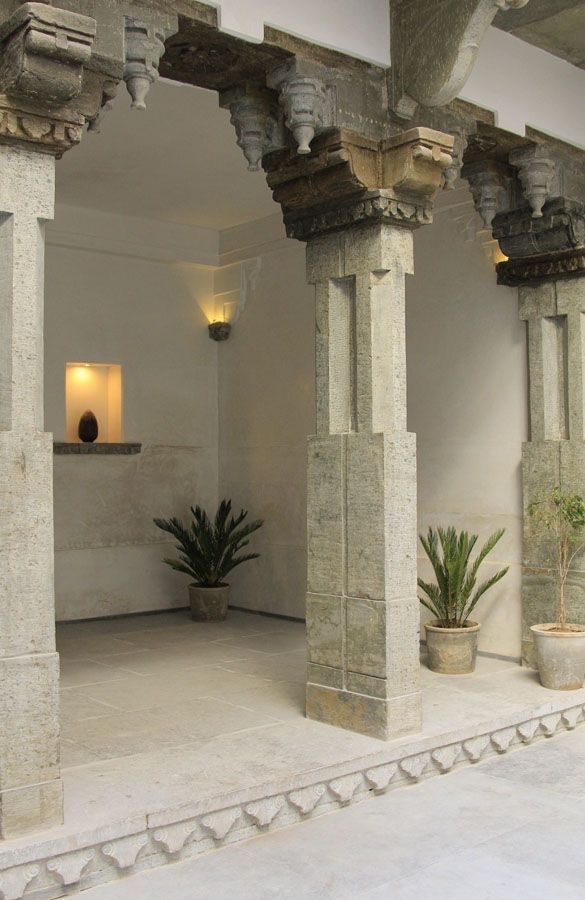
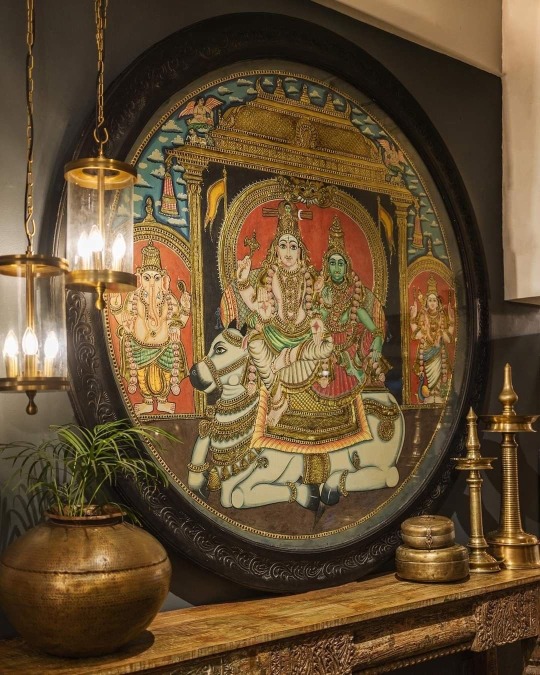
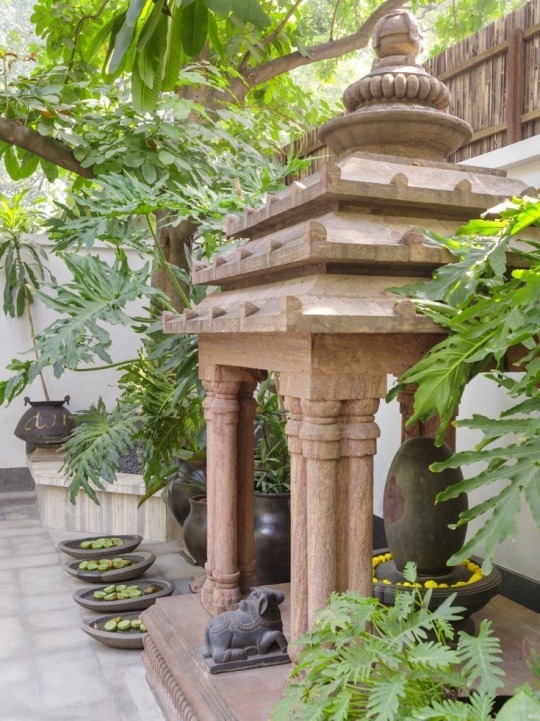
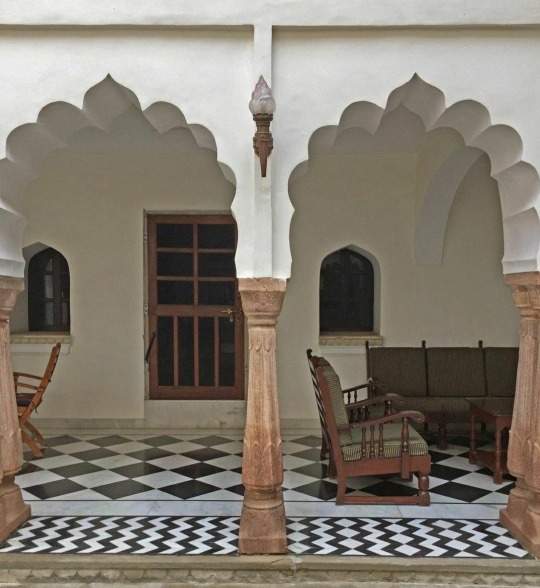
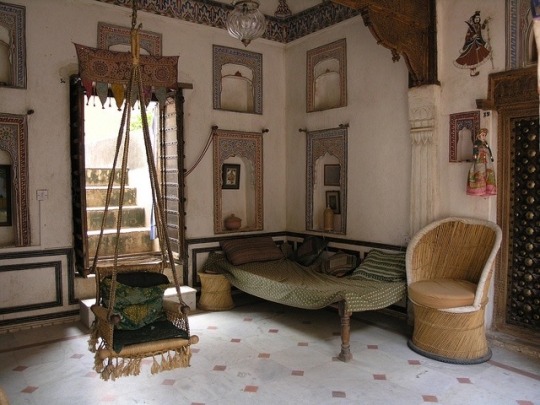
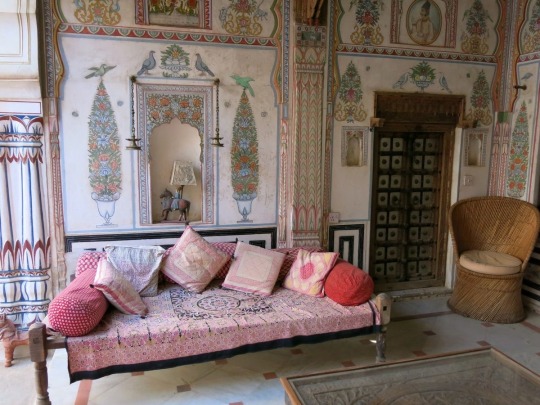
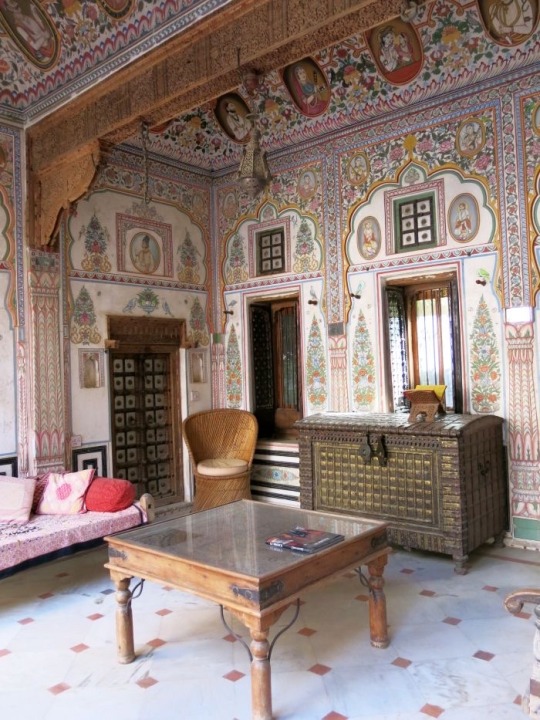
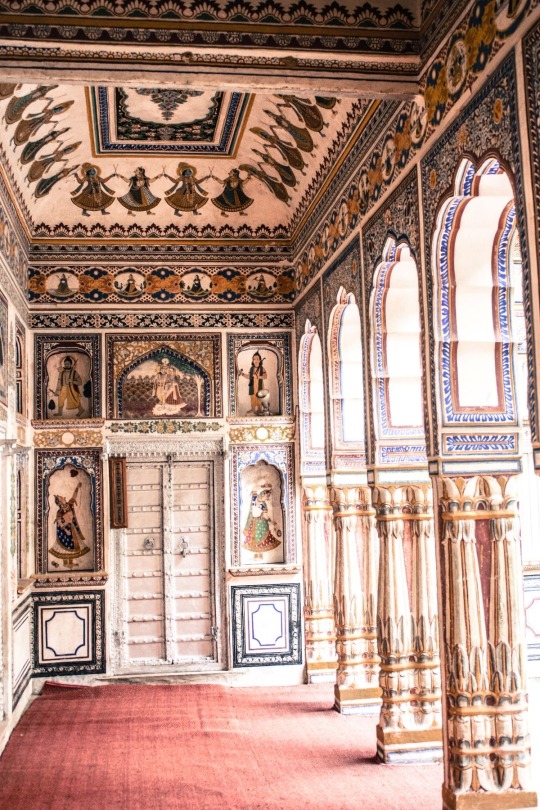
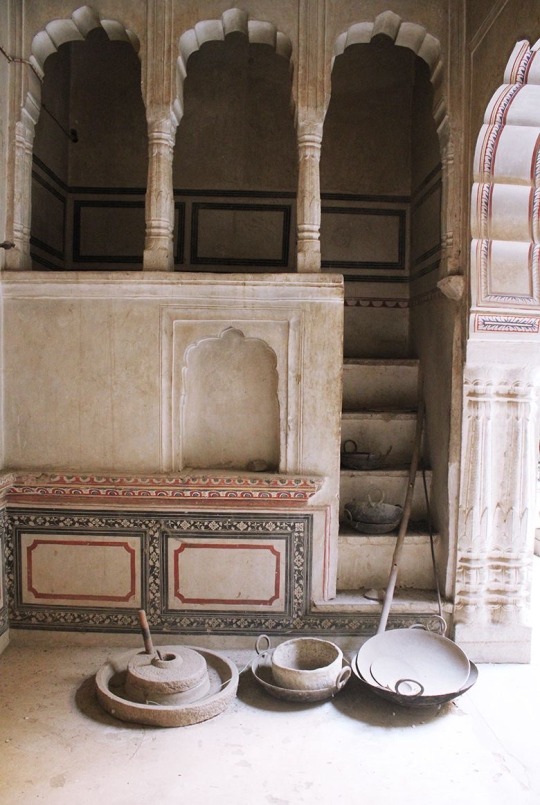
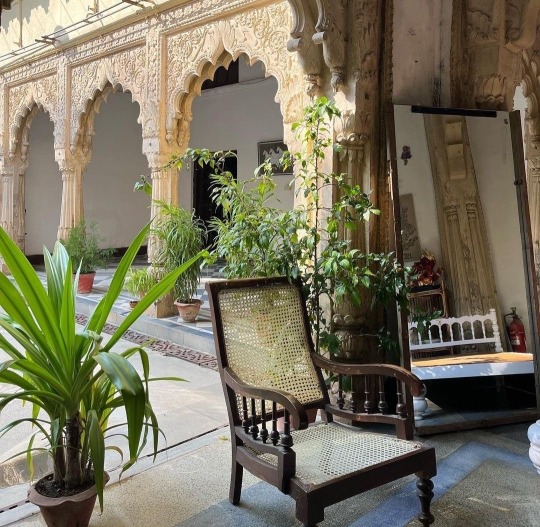
#india#tumblr#aesthetic#marvellous#beautiful#architecture#art#ancient#hinduism#home design#indian#old house#traditional home#stunning
201 notes
·
View notes
Text
Indian PR is so bad that the whole world knows about the Colosseum but Indians themselves don't know about this

72 notes
·
View notes
Text
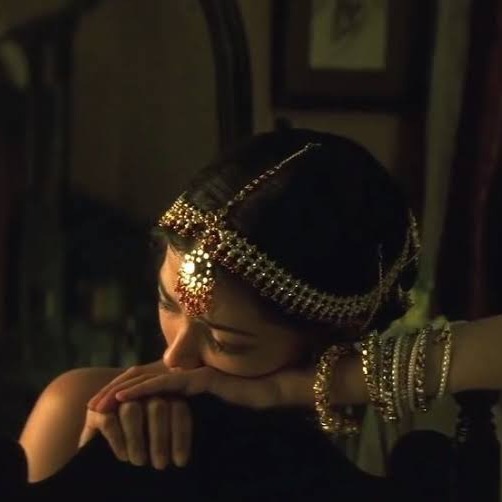

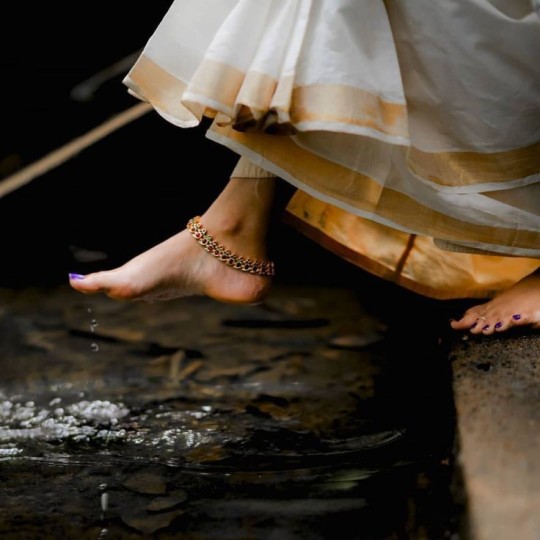

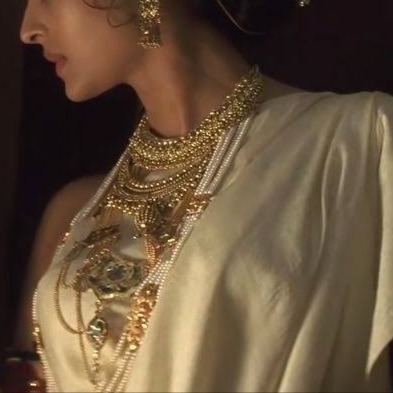

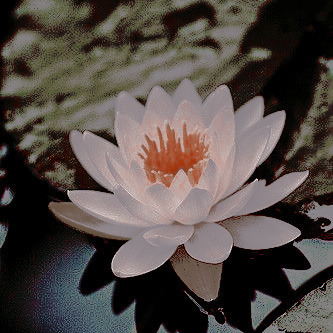

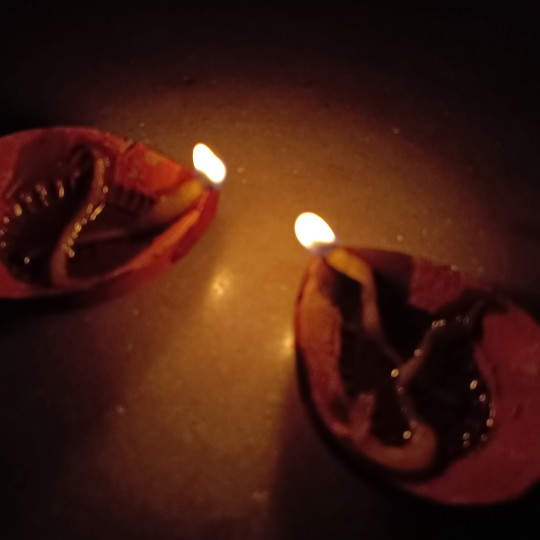
Khona was a poet and astronomer from Deulia village in Bengal, best known for Khonar Bochon, a series of couplets and short rhymes which imparts advice regarding agricultural and rural life. Born somewhere between 800-1200 A.D., Khona defied social and cultural norms of her time when women were rarely taught to read. Her husband Mihir was the son of the philosopher and astronomer Barahmihir, who was one of the navaratnas (nine gems) at the court of Chandragupta II. Khona lived in Chandragupta's court in Pataliputra for a time with her husband and father-in-law. According to legend, Chandragupta was so impressed with Khonar Bochon which benefited the farmers of his state that he named Khona the tenth gem of his court. Khonar Bochon remains relevant to the agricultural life of rural Bengal to the present day.
ষোল চাষে মূলা / তার অর্ধেক তুলা / তার অর্ধেক ধান / বিনা চাষে পান।
Translation: After 16 days of cultivation, radish cultivation in that land gives good yield. Cotton land requires 8 days of cultivation, paddy land after 4 days of cultivation gives good yield. Betel does not require cultivation.
1 / 2 / 3 / 4 / 5 / 6 / 7 / 8 / 9
#mb#khona#khonar bochon#khana#bengali academia#bangla tag#bangladesh#india#desi academia#dark academia#desi aesthetic#desi tag#desi tumblr#desiblr#bengali#indian history#ancient india#khonar bochor for anon#bengali literature
413 notes
·
View notes
Text
About Vedic Scriptures
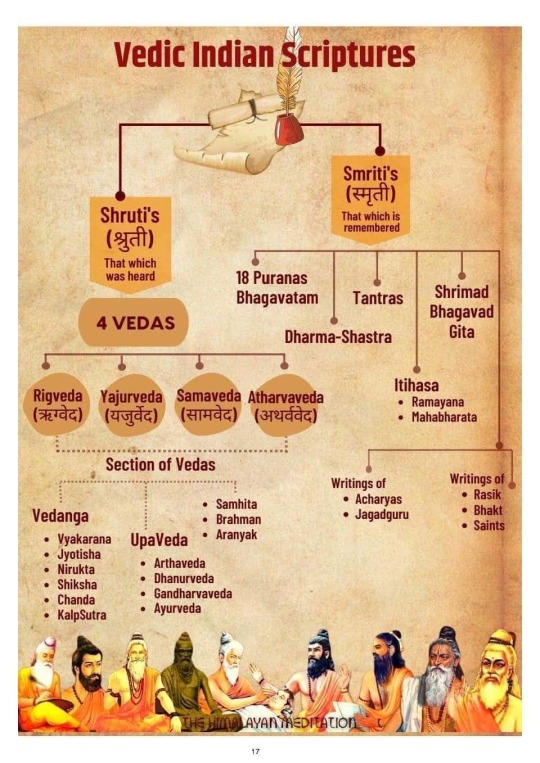


#vedic literature#hinduism#hindublr#sanatan dharma#ancient india#vedic culture#mantra#bharat#ancient indian history#puranas#sanskrit#languages#krishna#dharma#karma#hindu culture
306 notes
·
View notes